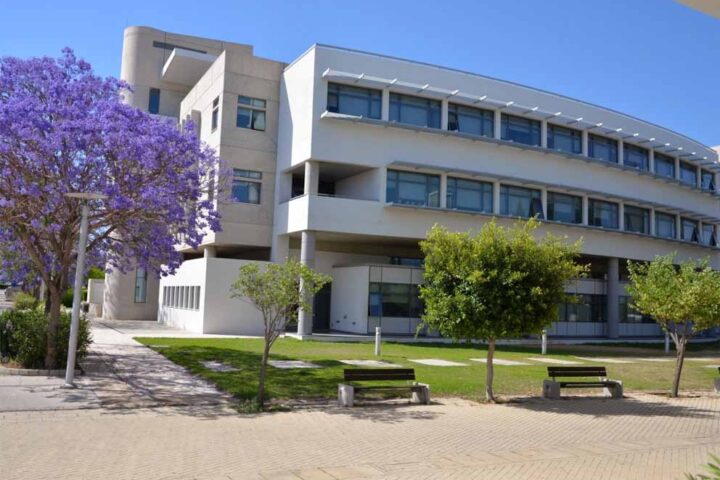.jpg) Bank of Cyprus said a deterioration in its loan book in the third quarter and the cost of staff redundancies has pushed the Core Tier 1 liquidity ratio down 3 bips from 10.5% in Q2 to 10.2% in Q3.
Bank of Cyprus said a deterioration in its loan book in the third quarter and the cost of staff redundancies has pushed the Core Tier 1 liquidity ratio down 3 bips from 10.5% in Q2 to 10.2% in Q3.
Furthermore, the loss after tax attributable for the nine months to September 30 totalled €1.947 bln, primarily due to the loss of the operations in Greece as mandated by the bailout plan and concocted by the central banks of Greece and Cyprus. However, the loss after tax for the third quarter totalled €142 mln, two thirds of which was the cost of voluntary redundancies.
“As we flagged at the recent AGM, the continued deterioration in the performance of our loan book and the need for additional provisioning in the third quarter of 2013 has resulted in further losses. These losses and primarily the cost of the voluntary retirement scheme (VRS) lowered the core tier 1 ratio to 10.2% at 30 September, from 10.5% a quarter earlier,” Group CEO John Hourican said in a press briefing on Wednesday.
Following restructuring plans that arose from the bail-in of Bank of Cyprus depositors and the subsequent merger of the wound-down Laiki Popular Bank, “the branch network in Cyprus has been reduced to 133 from 203, while measures to reduce personnel expenses resulted in an improved cost to income ratio,” Hourican said, adding that aim now is “to focus on our restructuring, collections and recovery efforts.”
The CEO said that restoring investor and customer confidence “can only be achieved through our focusing on arresting asset quality deterioration, making progress on non-core disposals and maintaining capital ratios.”
The bank said in an announcement that the core tier 1 capital ratio was primarily affected by the one-off cost of the VRS of €98 mln (a negative impact of 0.4 percentage points) and by the loss from continuing operations for the third quarter of €35 mln (a negative impact of 0.1 points, but has benefited by a 2% reduction in risk weighted assets (a positive impact of 0.2 points).
At the end of the third quarter, Group’s total assets stood at €31.4 bln and equity was €2.8 bln. Gross loans and deposits were €27.4 bln and 15.5 bln, respectively, with a net loans to deposits ratio of 146% (compared to a ratio of 140% as at June 30).
Following its exit from resolution in August, the bank has become a European Central Bank eligible counterparty for monetary policy operations and has raised €1.30 bln of funding. As a result, the Emergency Liquidity Assistance (ELA) funding has been reduced to €9.86 bln at the end of the third quarter, from €11.11 bln at June 30.
Loans in arrears for more than 90 days rose to 47% of gross loans from 39% at June 30.
Non-performing loans based on the new directive of the central bank accounted for 48% of gross loans.
Total Income for the nine months ended September 30 was €861 mln, with net interest income (NII) at €726 mln and net interest margin (NIM) at 3.52%. Total income for the third quarter was €361 mln, with NII at €296 mln and NIM at 4.02%. Total expenses for the nine months were €423 mln and the cost to income ratio was at 49.1%.
Profit before impairments and restructuring costs for the nine months was €438 mln, while profit before impairments and restructuring costs for the third quarter was €224 mln.
Provisions for impairment of loans for the nine months were €799 mln, with the provisioning charge accounting for 3.8% of gross loans on an annualised basis. Provisions for impairment of loans for the third quarter were €261 mln.
“The elevated provisioning reflects the continued deterioration in the loan portfolio due to the advancing recession and the ongoing reduction in collateral values,” the bank explained.
Loss from continuing operations (before restructuring, discontinued operations and the disposal of Greek operations) for the nine months totalled €349 mln. Loss from continuing operations for the third quarter totalled €35 mln.
Restructuring expenses for the nine months totalled €142 mln, while for the third quarter they totalled €107 mln, including €98 mn for the VRS.







